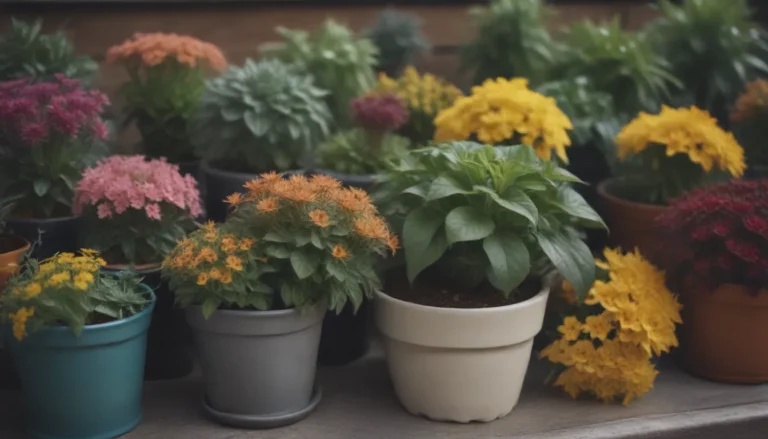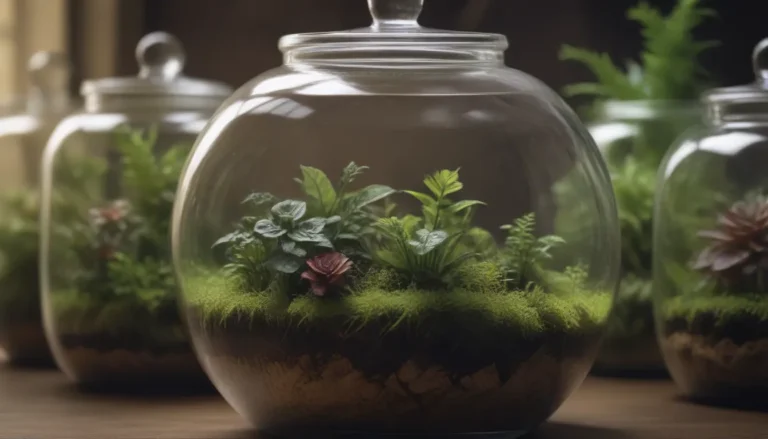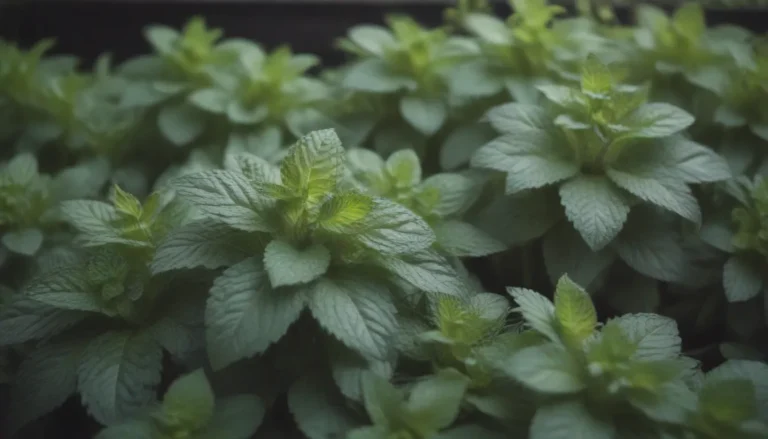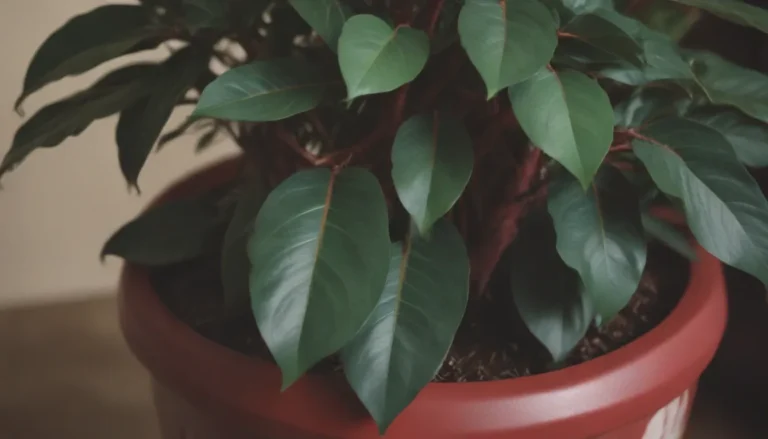A Comprehensive Guide on Growing and Caring for Calypso Orchids
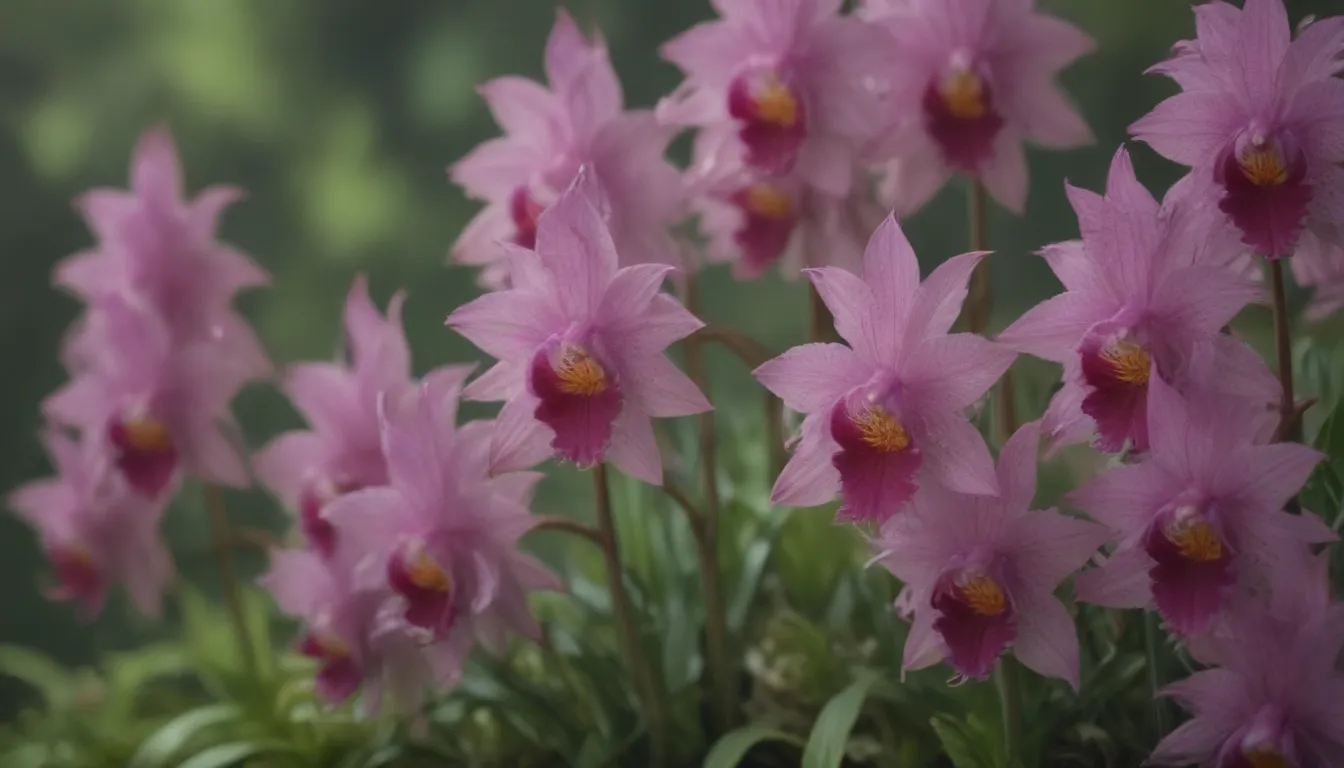
The enchanting calypso orchid, also known as Calypso bulbosa, is a unique and delicate plant that can be a challenge to grow outside of its natural habitat. In this comprehensive guide, we will explore everything you need to know about caring for this beautiful orchid, from its natural habitat to proper care techniques.
Introduction to Calypso Orchids
Calypso orchids are classified as a monotypic genus, meaning they consist of only one species: Calypso bulbosa. These rare and stunning orchids are not commonly found in the commercial market, making them a treasure to encounter in the wild. You may be fortunate enough to stumble upon these orchids in their natural habitat on forest floors, where they grow in various parts of the world.
The calypso orchid typically blooms in late spring, showcasing small pinkish-purple flowers. However, these blooms can also appear in shades of pink, purple, red, and white. Each flower features a unique spoon-shaped labellum, often marked in a contrasting color like yellow. While these orchids usually produce one flower at a time, there are rare instances where a plant may produce two flowers simultaneously.
Calypso Orchid Care Tips
Caring for calypso orchids can be a rewarding yet challenging endeavor for growers outside of their natural environment. To ensure these delicate plants thrive, you must understand their unique growing requirements. Here are some essential care tips for cultivating calypso orchids successfully:
Light Requirements
Calypso orchids thrive in dappled light conditions under trees on forest floors. Avoid exposing them to direct sunlight, as this can damage their leaves and cause discoloration. These orchids prefer partial sun to shade for optimal growth.
Soil preferences
In their natural habitat, calypso orchids grow in loose organic matter found on forest floors. When cultivating them, use a light and rich growing medium with slightly acidic soil pH. Good drainage is essential to prevent waterlogging, which can harm the delicate roots of the orchids.
Watering Instructions
Maintain even soil moisture by watering the orchids whenever the growing medium begins to dry out. Avoid overwatering, as soggy conditions can lead to root rot. Use distilled water or collected rainwater for watering, as chlorinated or mineral-rich water can harm these sensitive plants.
Temperature and Humidity
Calypso orchids thrive in moderate to warm temperatures but can tolerate fluctuations within their growing zones. Prolonged exposure to temperatures above 80 degrees Fahrenheit can stress the plants. Adequate humidity is crucial for their growth, especially in dry conditions. Ensure consistent soil moisture to support their development.
Fertilization Guidelines
Calypso orchids are highly sensitive to fertilizers and chemicals in their environment. They derive nutrients from the organic matter in their growing medium, eliminating the need for additional fertilization. Avoid using any fertilizers that may harm these delicate plants.
Varieties of Calypso Orchids
While calypso orchids predominantly consist of one species, there are a few notable varieties worth exploring:
- C. bulbosa var. bulbosa:
- C. bulbosa var. speciosa:
- C. bulbosa var. americana:
- C. bulbosa var. occidentalis:
These different varieties showcase unique characteristics and adaptations within the Calypso genus, adding diversity to these captivating orchids.
In conclusion, calypso orchids are not only a sight to behold in the wild but also a rewarding challenge for growers who wish to cultivate them at home. By understanding their natural habitat and specific care requirements, you can create an environment that allows these delicate orchids to flourish. Remember to provide adequate light, water, soil, and humidity while avoiding fertilizers and harsh chemicals to ensure the health and vibrancy of your calypso orchids. Happy gardening!

